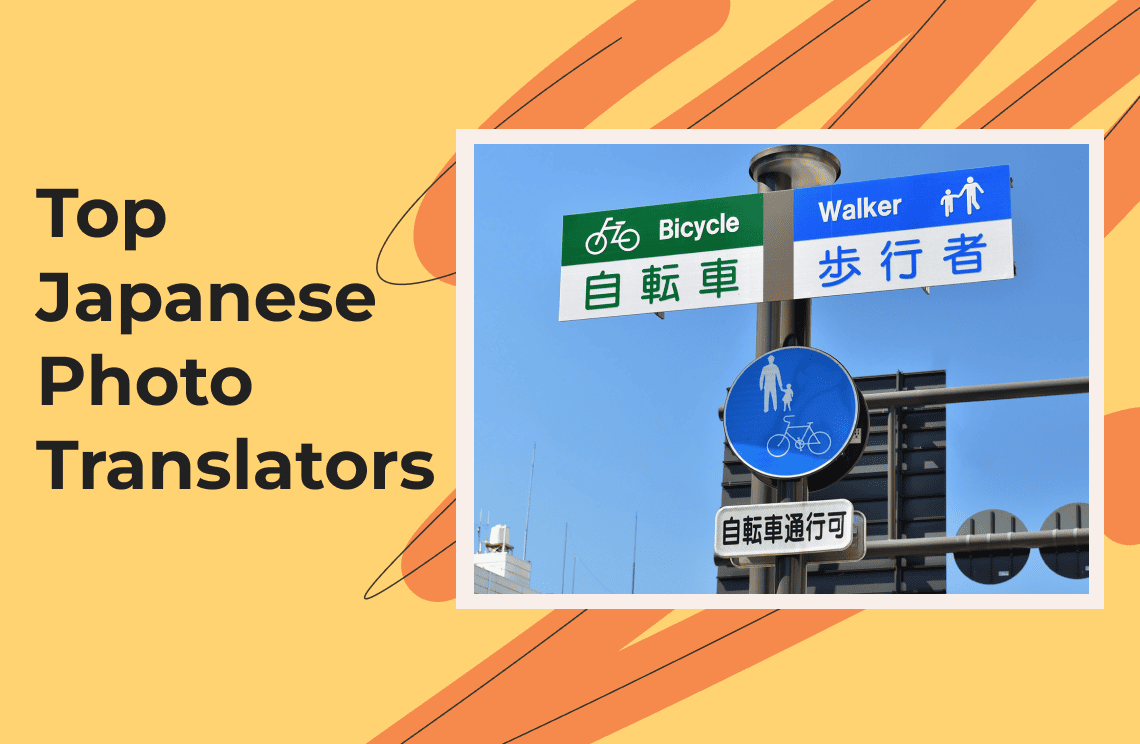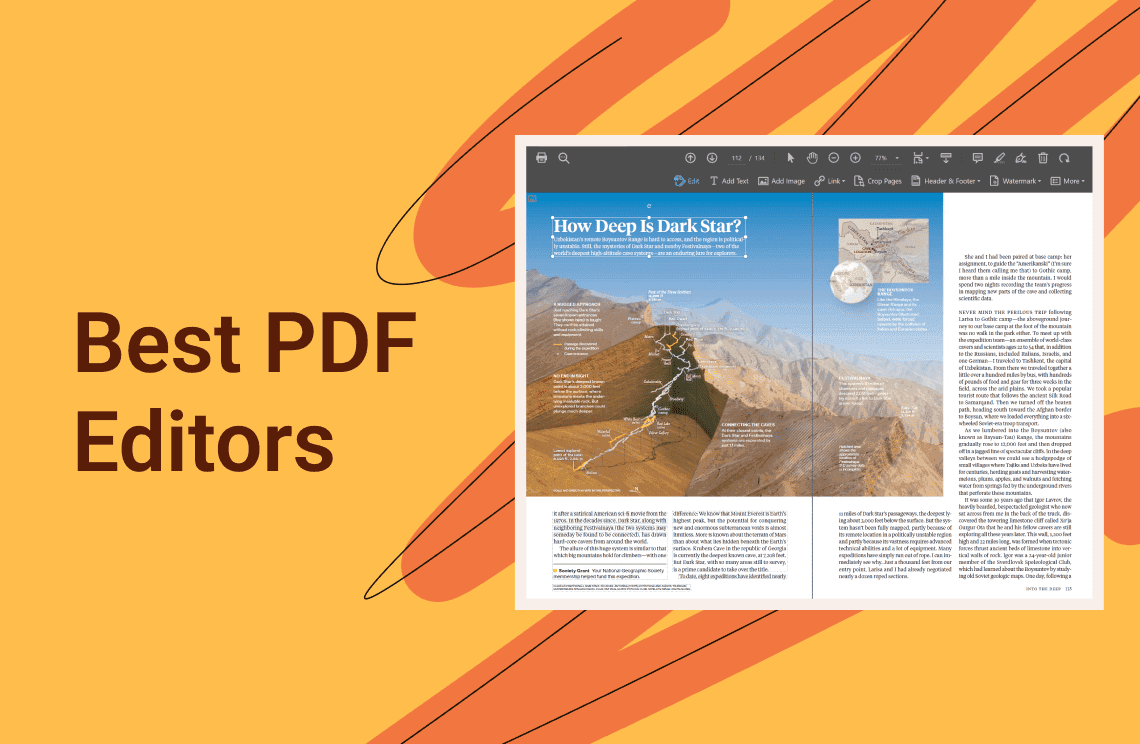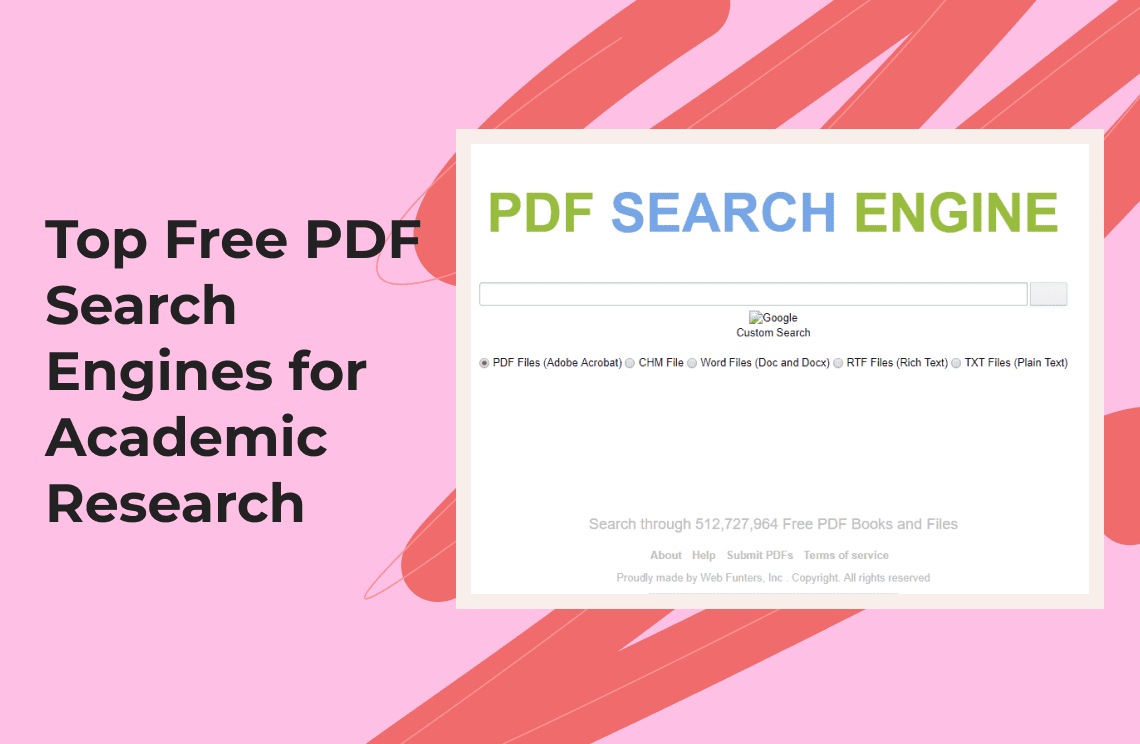Today's world is so interconnected that it's no longer a big deal to communicate or interact with people from across the globe. With the internet, we do it daily. But despite the smallness of the world as we know it today, there are still a few challenges that must be overcome, like language barriers. To be able to communicate better, accurate and efficient translation tools would come in handy, especially for languages as complex as Japanese.
You can be a traveler deciphering a Japanese menu, or an exchange student trying to navigate the busy Tokyo lifestyle. Maybe you’re a professional handling some Japanese documents, or perhaps a manga enthusiast who wants to know what happens in the latest release. In any of these scenarios, having a reliable Japanese photo translator is of the utmost importance.
With advancements in AI and Optical Character Recognition (OCR), modern translation apps offer impressive accuracy, real-time processing, and even contextual understanding. In this blog, we’ll explore the top Japanese photo translators of 2025, focusing on their ability to handle PDFs and deliver seamless translations.
What to Look for in the Best Japanese Photo Translator?
As we scoured the net for the best translation apps 2025 has to offer, it's easy to see that several tools are now available in this domain, especially in translating text from PDFs and images. In our search for the top 5 Japanese photo translators, we paid close attention to the following key factors.
1. Accuracy: A good Japanese photo translator should provide highly accurate translations, especially for complex Kanji, Hiragana, and Katakana characters. Accuracy is crucial for translating documents, signs, and handwritten text without losing meaning. The best apps use AI-driven language models to enhance precision and context understanding.
2. OCR Capability: Optical Character Recognition (OCR) is the technology that extracts text from images or PDFs. The best translators should have robust OCR that can recognize Japanese characters in various fonts, handwriting styles, and even slightly distorted or low-quality images. A strong OCR ensures better text extraction and reduces translation errors.
3. Speed: Fast processing is essential, especially for professionals who need real-time translations. The best translators should quickly scan and translate text without significant delays. Apps with cloud-based processing tend to be faster, but offline support can also be a valuable feature for speed when internet access is limited.
4. Usability: A user-friendly interface makes a big difference in the overall experience. The best Japanese photo translators should have intuitive navigation, simple photo upload options, and clear translation outputs. Features like automatic text detection, easy language switching, and adjustable text overlays improve usability.
5. Extra Features:
The basic translation is enough for many situations. But for specialized cases, extra features can come in handy. Depending on your needs, you might want to look for bonuses like batch processing, handwriting recognition, voice translation, or offline mode. PDF text extraction – highly needed for business and academic use – is a must-have for many users.
6. Pricing:
While some translation apps are free, premium versions often provide better accuracy, faster processing, and advanced features. So, you must weigh your priorities carefully – do you need a free, ad-supported app for casual use or a paid version with more professional-grade capabilities?
Top 5 Japanese Photo Translator Apps in 2025
1. Google Translate
First in our list of Japanese PDF text translation apps is one that currently holds the top spot in terms of popularity – Google Translate. It can translate Japanese, plus over 100 other languages, with basic context recognition. For basic translation needs, Google Translate will more than suffice.
There are three kinds of translation the app can do – photo, voice, and text. If you point your phone camera at a Japanese text, the app will use OCR technology to read the text and display a translation instantly. In addition, Google Translate can also record audio through your phone's mic and translate it. Of course, you can also type in English and have the app translate it into Japanese.
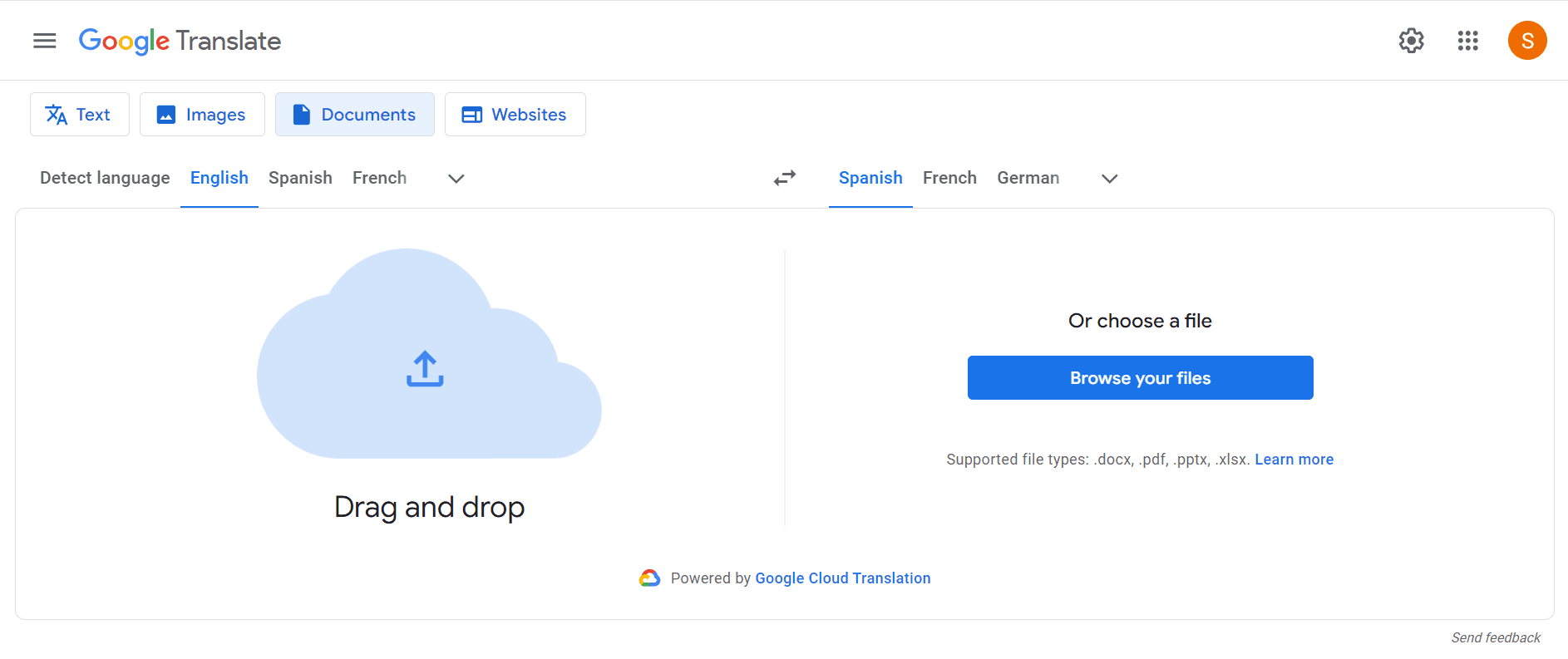
Pros
A huge pro is that Google Translate is free to use – also one of the biggest reasons for its popularity. It works on both iOS and Android, can be used offline, and has a user-friendly interface.
Cons
As for downsides, there have been some accuracy issues when translating complex Kanji and handwritten text, which is expected of most translators anyway.
All things considered, we think Google Translate is the best Japanese photo translator for casual situations. If you are going to travel to Japan, you absolutely must have Google Translate for quick translations of menus or signs.
2. Waygo
This app is specifically designed for Asian languages, including Japanese, for photo translation. It can translate Japanese text even when offline, so it is suitable for travelers heading to remote areas with little or no data access.
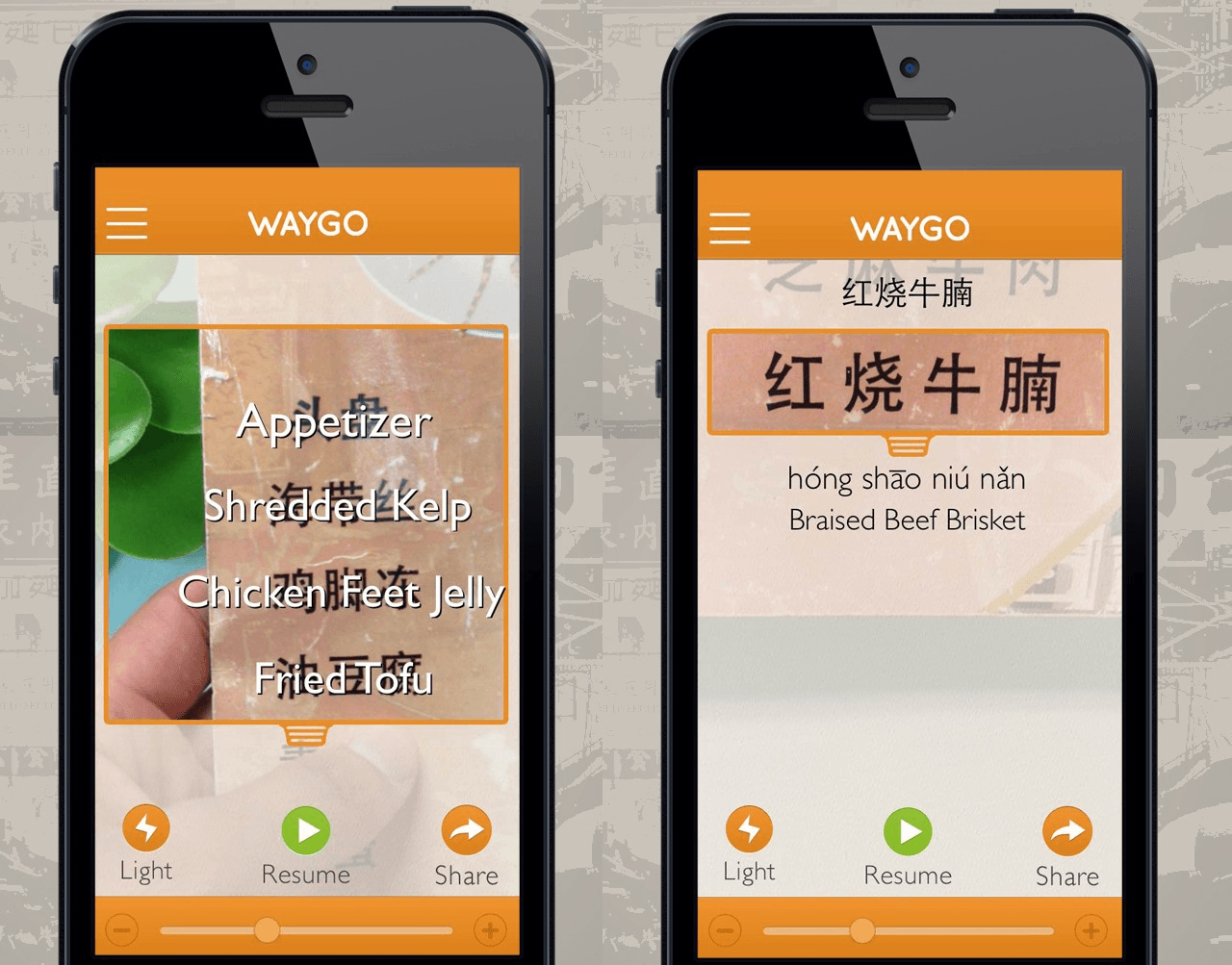
Pros
The app’s simple interface makes it very convenient and easy to use. Although Waygo doesn't have the most extensive language support, as it is focused on Asian languages, this is an advantage when it comes to Japanese translations as users can get specialized support.
Cons
Waygo doesn’t have many advanced features, and some improvement in context interpretation of nuanced translations might help make it better. It also comes with a fee of $6.99 but you only have to pay it once.
For basic translations of Japanese text from images, Waygo is one of the more reliable tools. It is also essential for travelers who have no internet access.
3. iTranslate
One of the more powerful Japanese photo translator apps today, iTranslate comes with a hodgepodge of features and capabilities for any translation needs. It is equipped with OCR technology for fast and accurate photo translation. It can also translate via voice input, and even has a real-time conversation mode. You can also translate photos and text even while offline.
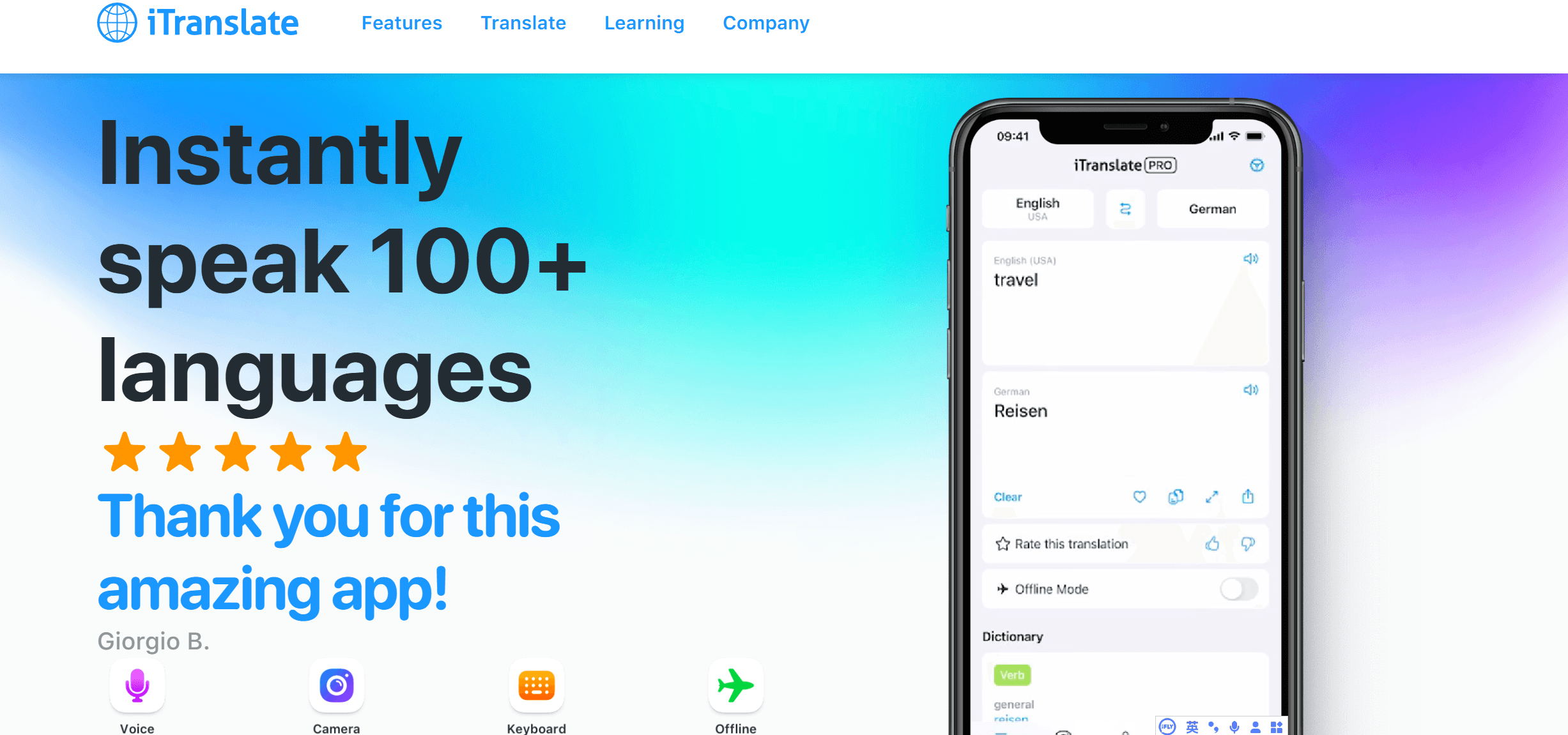
Pros
iTranslate excels in accuracy compared to most of the other Japanese photo translator apps. This is one of the reasons why this app is highly preferred for professional or business use. It also has a user-friendly interface and a very small learning curve, making it very accessible to users.
Cons
With all its nifty features, it’s only expected that the app requires a premium subscription. There is a free version but you would have to pay to access most of the advanced features.
The high accuracy and abundant features make iTranslate suitable for professional use. Travelers who need quick but precise translations of Japanese signs, menus, or documents on the go would also find it useful.
4. Papago
Developed by the South Korean-owned Naver, Papago is a well-known tool for translating Asian languages, including Japanese. It’s an all-inclusive app with support for text, voice, and photo translations. But what gives Papago an edge is its ability to dissect the nuances of Asian languages, giving you translations that blend in perfectly in conversational settings.
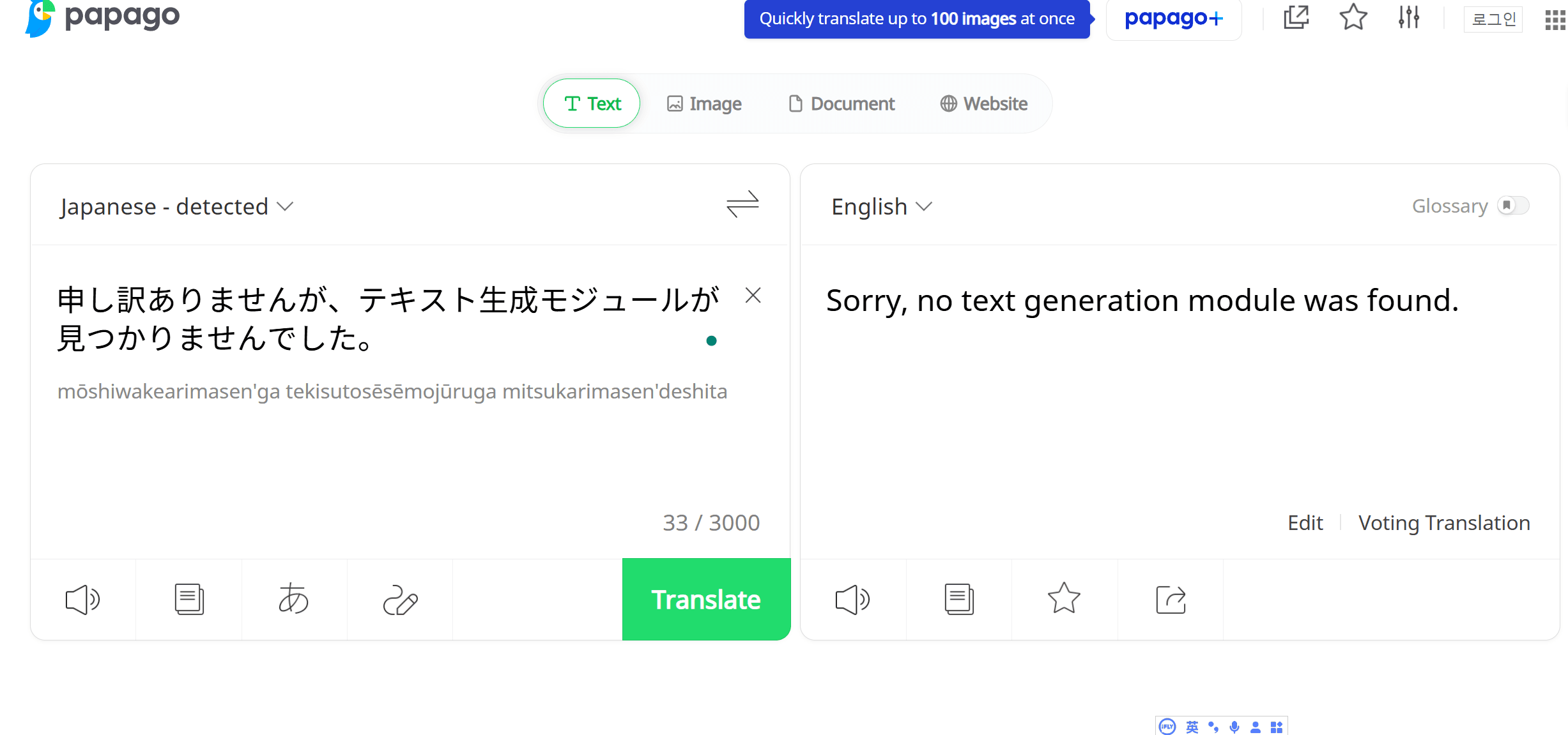
Pros
Contextual accuracy is certainly one of its strongest suits, and it is also built for convenience and ease of use. Of course, we can’t forget that it’s free, making it accessible to a broader audience.
Cons
There is not a lot of offline support so you need to be connected to use it. Also, since it's designed more for casual users, Papago is not necessarily the best for formal contexts like business translations. Those who are looking for quick translations of Japanese text from images in everyday situations will find Papago a delight to use.
5. Yandex
With support for over 90 languages, including Japanese, the Russian-developed Yandex translator makes use of OCR technology to deliver accurate translations of both printed and handwritten Japanese text. It can accept multiple file formats, including PDF.
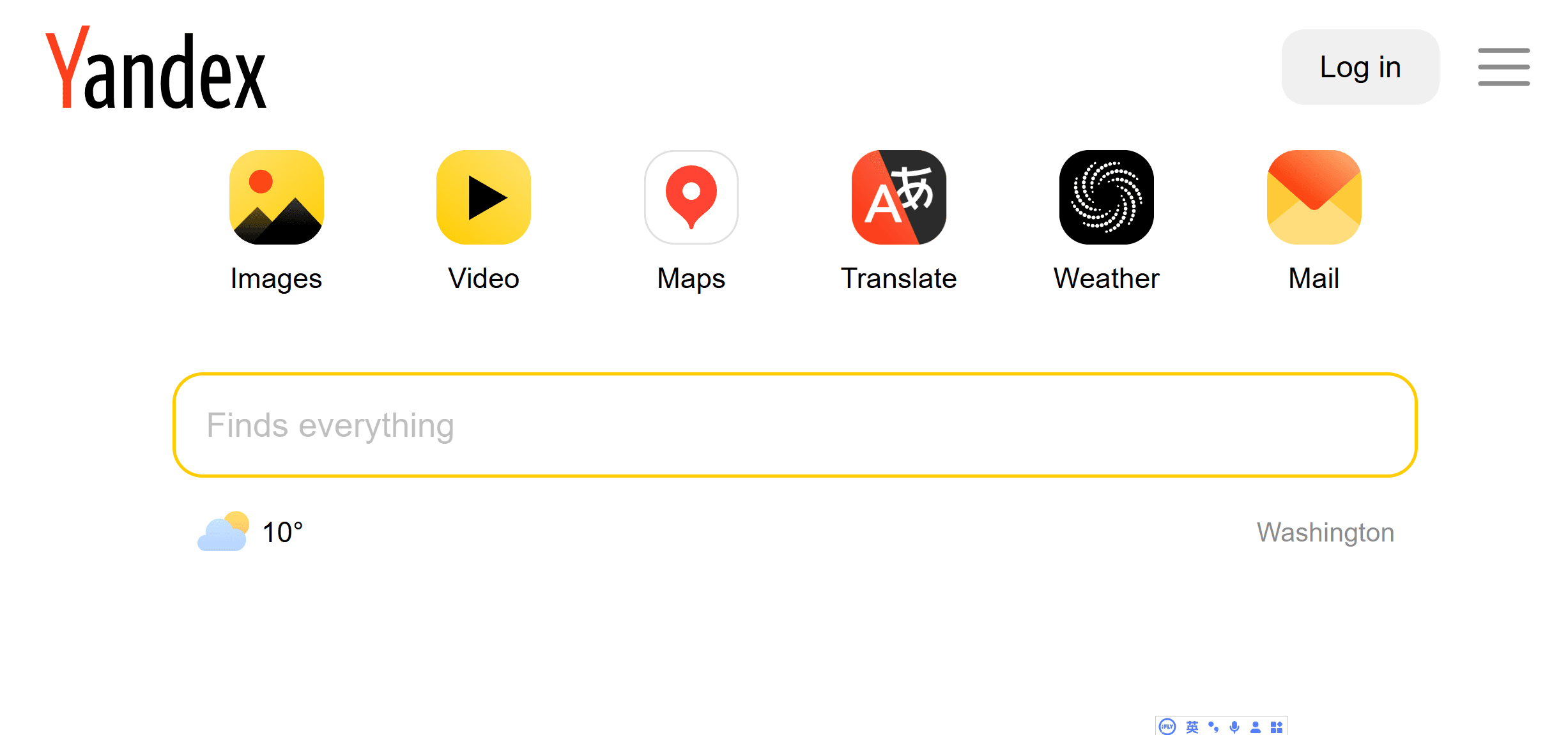
Pros
Yandex is completely free to use and supports complex files. Its translations for printed Japanese text are highly accurate as well.
Cons
There is no offline translation so an internet connection is always required to use the app. For larger files, there is also a noticeably slower processing time.
Because of its high accuracy, Yandex is suitable for academic and professional purposes. It is also great for translating documents, especially PDFs or scanned images, as well as signs and menus.
Performance Comparison – A Quick Look at the Best Translator Apps 2025
| Price | Free Trial | OCR Capability | Offline Mode | Extra Features | Best Used for |
Google Translate | Free | N/A | Yes | Yes | Voice translation, handwriting recognition | Quick, everyday translations |
Waygo | $6.99 one-time fee | No | Yes | Yes | Focuses on Asian languages | Travelers with no Internet access |
iTranslate | Free basic version $5.99/mo | 7 days | Yes | Yes (premium version) | Voice translation, dictionary, conversation mode | Business and professional use |
PapaGo | Free | N/A | Yes | Limited | Context-based translations, voice recognition, text-to-speech | Casual conversations and travel |
Yandex Translate | Free | N/A | Yes | No | File translation (PDF, DOC), website translation, speech input | Translating entire documents and signage |
For Further Reading
Selecting the right Japanese photo translator depends on your specific needs, whether it's for casual use, travel, or professional purposes. Each of these applications offers unique features tailored to different scenarios. By understanding their strengths and limitations, you can choose the one that best fits your requirements, ensuring seamless communication and comprehension in the Japanese language.

